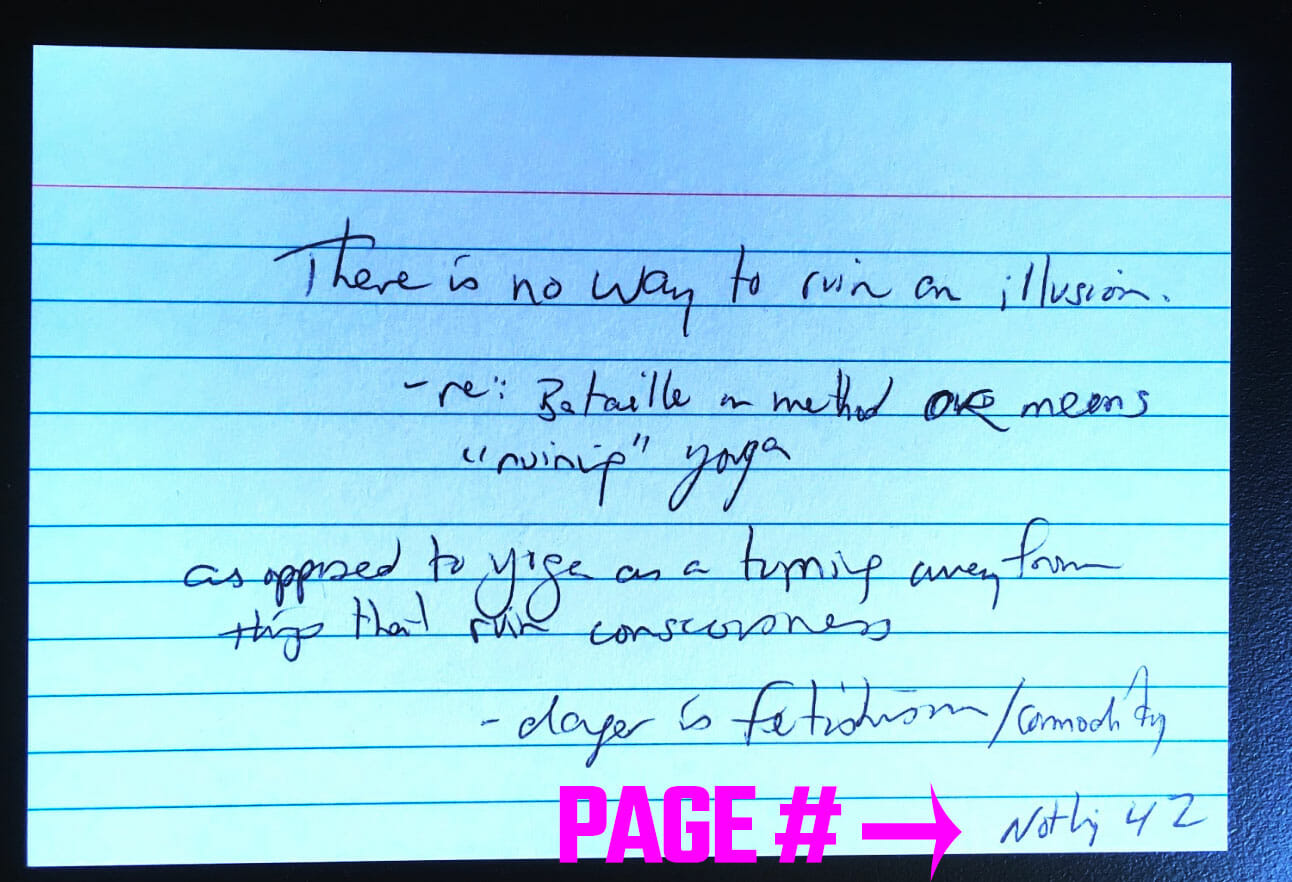You want to know the truth?
You just sped read that question.
But if you didn’t reflect on it, all the speed reading techniques in the world aren’t going to help with your real goals of understanding and retaining what you read.
So, you can spend all day counting the words your eyes have passed across…
You can complete exercises that extend your peripheral vision…
You can even noodle around with “reducing subvocalization” and “regression.”
Maybe some of it will help.
But if you don’t do what really works to not only speed your reading up, but also improve your retention…
Then you’ve been duped by the reading gurus who are repeating tactics they got from someone else.
Tactics that prove beyond all doubt that they don’t read the science of what they’re teaching you.
Ready for the alternative?
Let’s get started.
What Is Speed Reading? What You MUST Know Before Going Further
Speed reading really gets started with Evelyn Wood.
Marcia Bederman’s Scan Artist is a fascinating read that gets into the history.
Long story short:
Wood basically made up most of the techniques. And her stories for where they came from and why they worked are pretty bizarre.
For example, the idea that you should use a pointer comes from having accidentally dropped a major assignment. She says that when she tried to catch it, her finger ran across a line and she found she could read it.
There’s a few problems with this:
- How likely is it that she really read an entire line of text while the document was flying through the air?
- Even if she read it, she wrote the document. Is it really so strange that she would understand it (assuming she did)?
- Can anyone repeat this experience by throwing a book and trying to grab it? It’s the most awkward thing to even try.
I call BS on this technique and many others.
Reducing subvocalization, for example, harms comprehension. Sure, there are some studies that say it harms understanding. But look at the nature of the information they’re using in those studies.
I would suggest that anyone calling themselves a speed reading expert get deep into data on just how necessary subvocalization is when it comes to perceiving and encoding meaning into your memory.
In fact, as a person with a PhD, I can tell you that I would not have graduated without going out of my way to vocalize while reading.
Yet, people like Jim Kwik teach that you should count backwards while reading to improve concentration and reduce subvocalization.
Huh? Counting backwards to improve your average reading speed?
That advice is as nonsensical as running your finger along the page because once upon a time Evelyn Wood read a sentence of her own writing as it was flying through the air.
It gets worse!
Howard Berg is proud of his Guinness Record. Yet, his Guinness Record mocks him, making me wonder if he actually read it.
Here’s what it says:
Reading Fast. 80 pages (25,000 words) per min is the supersonic “reading” speed claimed by Howard Stephen Berg (b 1949, Brooklyn, NY), who has convinced a number of TV hosts that he comprehends and remembers what he scanned, perhaps not the details, but the concepts, with the details left for a later, slower reading. He teaches speed reading and gives lectures throughout N America on using the unused part of one’s brain.
That’s right. His record is not for speed reading, but for convincing TV hosts that if he wants to remember the details… he has to go back and read them later. Why not just read them optimally the first time around?
So… what is speed reading?
It’s a farce.
Let’s talk about what to do instead.
How to Increase Speed Reading and Comprehension: 8 Speed Reading Techniques
Most people don’t need to remember one or two “concepts” from books. It’s not even clear half the time what that would even mean.
Real learners need both the big picture and the granular details.
So how do you do that?
Here are some steps. They are not in any order of importance, but work well when used in combination.
One: Read In Clusters & Interleave
Rather than read one book at a time, switch between 3-5 books. You can switch between books on the same topic or other topics.
The idea is to switch between the books at 10-15 minute intervals.
You would think that interrupting yourself while reading would have negative effects.
But it actually stimulates diffuse thinking.
Researchers have discovered benefits of interleaving in math learning and improving your memory of concepts in multiple disciplines.
The trick is to really read during these focus intervals. No skimming or scanning.
Two: Read Out Of Order
When reading to learn quickly, read the conclusion of the book first. It will set the stage for understanding what the author thought was most important.
Of course, not all books have conclusions, so treat this as a general principle.
The structure I usually follow is this:
- Conclusion
- Back cover
- Index
- Colophon page
- Table of contents
- The chapter that looks most interesting
- The introduction
- Other chapters that are needed
While reading, I may move around throughout the book, reading in the order that keeps my momentum going.
Three: Extract Notes Intelligently
Rather than marking books up, when I want to read at speed and remember the most amount of material, I use index cards.
There are a few different kinds of cards you can create:
- Exact quotes
- Big ideas
- References to other material you want to follow up on
- Comparison cards
When taking down exact quotes, try to keep them short. Let your mind do a bit of work and fill-in-the-gaps.
Also, note down the page number where you found the information on those cards.
When making comparison cards, use short form, such as “comp” or “re”. In the example above, I wrote “re: Bataille” to trigger my memory of a concept from a different author.
This is a great way of connecting ideas that you want to compare later. We’ll talk about why next.
Four: Stimulate Active Recall
As mentioned, you want to write down only as much as you need to stimulate your memory.
This is because asking your mind to fill in the blanks grows memory and understanding faster than rote learning.
In science, this is called active recall.
In addition to giving yourself little puzzles to solve based on your reading, you also want to:
- Personalize ideas through association
- Get lots of variety (another benefit of interleaving)
Five: Write Summaries
When I was in university, I used to give myself strict reading deadlines. Then, I would “interview” the author.
These interviews were written down in the form of summaries.
You don’t have to conduct interviews in your imagination with authors, but you’ll rapidly improve how fast you read and understand books by transforming their ideas into your own words.
In just 250-500 words, you’ll rapidly start encoding the meaning into your memory. While doing this, use a Memory Palace to memorizing the key points.
Now, you might be thinking… this is how to become a fast reader?
Yes, and here’s why.
Six: Develop Pattern Recognition
You see, the more I read, the faster I read. And this is because of the foundational groundwork laid by reading books by following the steps above.
More specifically, I’m suggesting that you:
- Switch between books
- Read those books out of order to rapidly find the important ideas
- Cull information strategically onto index cards you can organize in different ways
- Summarize what you’ve read
- Memorize the key points
The more you do this, key ideas will leap out at you in the future books you’ll read.
You’ll not only spot the key phrases and terms authors use, but entire structures relevant to their genres.
Speed reading techniques simply do not show you the path to accomplishing this. They can’t because they’re too busy marketing you bogus techniques that they cannot show you how to increase speed reading and comprehension.
The only legitimate way to do that is to increase your vocabulary, your pattern recognition and your understanding of multiple genres.
Six: Amplify Your Inner Voice
Many speed reading training programs tell you to quiet your inner voice.
On the one hand, that can help. If you don’t have a thousand competing thoughts going on all at once, you’re theoretically better focused on the reading at hand.
I know how to do this and discussed it in this TEDx Talk:
But this is not necessarily the path to reading faster
You can also amplify your thoughts in a few ways.
- Ask questions while reading
- Why is this important?
- To whom is it important?
- When is the author discussing?
- What is the context?
- Does this make sense?
When things don’t make sense, you can ask why they don’t make sense. You can ask yourself what you could do to help make better sense of the text.
This style of thinking is very powerful for speeding up and improving reading comprehension.
Seven: Multiply the Media
Reading faster is not always about books, or even the book you’re trying to get through.
Rather, you can read around books.
For example, if you get stuck on a topic, check out a few wikipedia articles. Look for videos on Youtube. Go through a few podcasts.
This approach can vastly expand your understanding of the book. It gives you more context and can help you develop that very necessary pattern recognition we were talking about before.
Eight: Understand the Nature of Information
When it comes to reading strategies like skimming and scanning, these can be useful.
But the trick is knowing what to skim and when it is useful.
There is no special tactic behind this, but it helps if you know principles like the 80/20 rule and Zipf’s law.
Generally, these strategic principles and laws that govern information can help frame your reading process as you develop pattern recognition.
You can go through entire books at the bookstore and rapidly assess whether or not it’s worth reading the whole thing by searching for the keywords that communicate the biggest ideas.
But what you cannot do is call that “reading.”
Nor should you bet your success on this tactic alone.
How To Read Faster
The truth is that if you want to read faster, you have to let go of the notion that speed reading is an option.
Instead, you want to explore other strategies that help you extract information.
Then you want to memorize the core, granular details with the fullest possible contextual understanding you can get.
For most topics, you’re looking at 5-10 books. You can easily conquer this amount in 3-5 month blasts.
I design my research periods in phases like this as much as possible. Using interleaving, I’m able to study up to 3 different topics at the same time.
And that’s while learning languages and running more than one website, a podcast, a YouTube channel and all the other stuff that life throws at me.
Can you get a few good tips from the speed reading gurus?
Sure. But any honest examination of what they’re saying and how they’re saying it…
Bragging about having a Guinness Record that essentially mocks you? C’mon.
You can do better than that. And everything you’ve just read is a much better bet.


